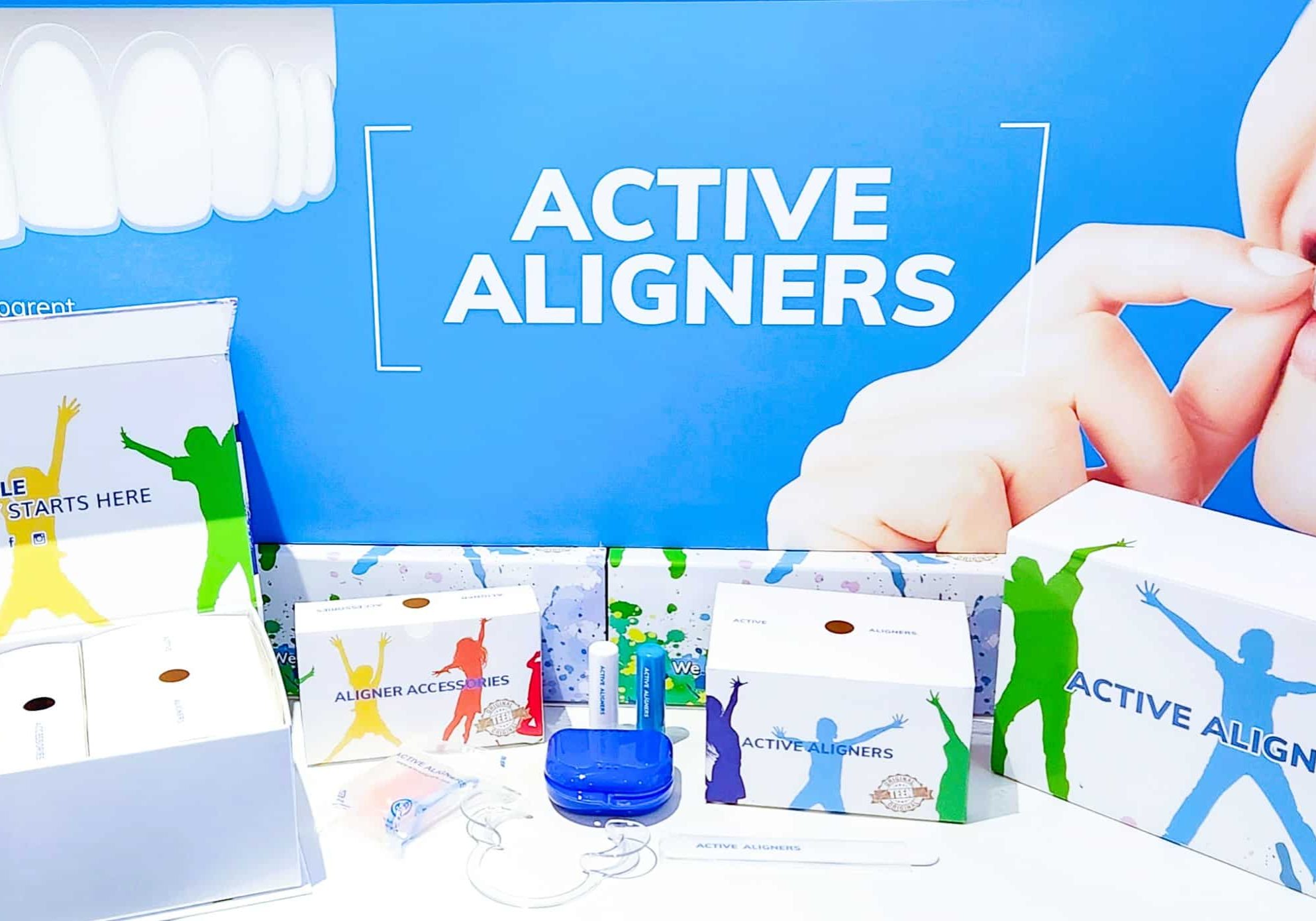If a case is too challenging for clear aligners, do you really want to manage the situation where your patient’s mounting dissatisfaction and continued frustration weighs heavily on your clinical conscience?
Is your patient’s aligner fatigue going to dictate the end point of your next case?
How do we begin to select cases that will work predictably for GDPs and what are the cases to avoid? Think of it in terms of green, amber and red traffic lights.
-
Green means suitable for treatment
-
Amber means there are limiting factors to carefully consider
-
For the Red cases, listen to your alarm bells, they are ringing for good reason
The treatment and stabilisation of periodontal disease (often by a Multidisciplinary Team) can open up the possibility for cosmetic alignment (Fig.1).
This case can cause alarm at first glance.
The successful treatment of primary dental disease (periodontal disease in this case) has opened up the possibility of cosmetic tooth alignment.
Fig. 1 Post periodontal treatment image and Smile Simulation start point
However, care must be taken to ensure appropriate periodontal treatment has been successfully completed and that the patient is effective and consistent with their ongoing dental care (Fig. 2). Keep in mind appropriate retention for these cases as relapse is a major long term risk.
TOP TIP “Relapse is a major long term risk, so discuss retention options prior to embarking on treatment.”
There are occasions when the patient will request clear aligners and attempt to convince you that this would be the preferred treatment for them.
Make your own independent assessment before being coerced into providing treatment that might go against your clinical judgement.
The displaced palatal canine represents a case of extreme difficulty. Aligners will mainly tip teeth and be able to correct more minor discrepancies. Conventional orthodontics is required for bodily movement of teeth.
At the end of fixed orthodontic treatment, clear aligners can be used to ‘finish the case’.
This improves patient satisfaction and can control the final outcome with digital planning.
TOP TIP “Consider using aligners to finish fixed orthodontic cases”
If a case is unlikely to succeed, then it is much more pragmatic to refer to a more experienced orthodontic specialist colleague rather than nursing the headache of a case where patient satisfaction is continually elusive or un-achievable.
Examples of case types in which clear aligners should be avoided include:
-
Malocclusions that require orthognathic surgery (one or two jaws)
-
Premolar extraction cases with moderate-severe crowding
-
Class I deep overbite/Class II Division 2 deep overbite cases with crowding
Why Use Active Aligners?
Drawing on the results of thousands of clear aligner treatments, Active Aligners has established treatment planning protocols to enhance the likelihood of treatment success. An expert team of orthodontists and technicians help to establish parameters to aid you in your case selection.
What this means for you is that if a case is deemed as too complex or unlikely to succeed, the treatment plan will come back as a rejection or be flagged as predicting a compromised result.
Our aim is to help clinicians achieve successful results. That's why the company ethos is “For Dentists, By Dentists” with a caring and conscientious know-how that is beyond compare. We will support you directly, respond to your queries, even provide training in your practice.
















